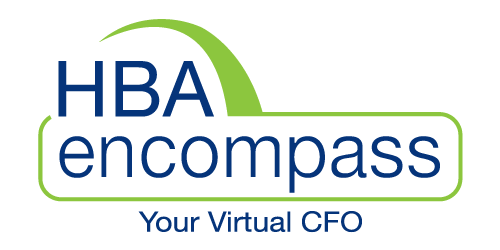Short-term vs long-term financing
August 17, 2016 11:18 am | | Categorised in: Firm journalMaintaining healthy cash flow can be challenging; between ongoing expenses and bills, poor cash flow can severely impact your customers, staff and bottom line.
Business owners need to understand the differences between short and long-term financing when developing a cash flow strategy.
There are various sources of finance available and each source of finance is useful for different situations. Choosing the right source and mix of financing options is crucial for good cash flow, so it is important to first determine your needs and then match a financing option to meet those needs.
Financing options are often classified into two categories based on time period: short-term and long-term. Below are the key differences:
Short-term financing
Short term financing (working capital financing) relates to the finance needs that arise to finance current assets – for a period of less than one year. Working capital is used in the business’ day-to-day trading operations. Short-term financing can help you to pay suppliers, increase inventory and cover expenses when you do not have sufficient cash on hand.
Depending on your business’ requirements you might consider using one of the following options:
Overdraft: extends your cash resources and protects your business’ credit rating.
Line of credit: funding when you need it, to be paid back when you have surplus cash – offering flexibility, value and control.
Business credit card: a convenient, fast payment method.
Long-term financing
Long-term financing options can help you invest in overall improvements to your business, for a period of more than 5 years. Capital expenditures, such as upgrading equipment, buying additional vehicles and renovating are funded using long-term sources of finance.
Businesses can use one of the following options:
Leasing: structuring a lease to match the useful life of the asset. This will help to preserve your cash and working capital for other uses.
Term loans (from financial institutions, government and commercial banks): allows you to accurately forecast your monthly cash flow through regular monthly payments.
